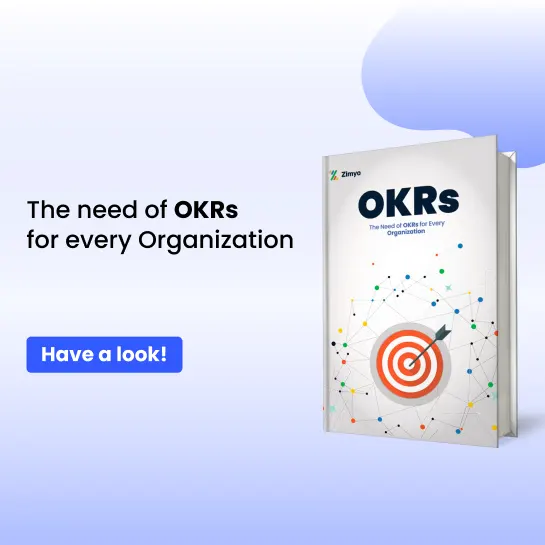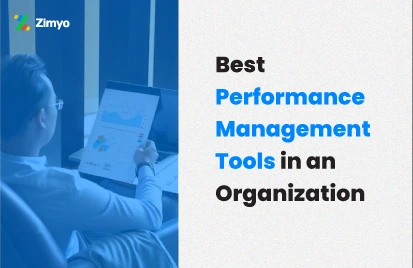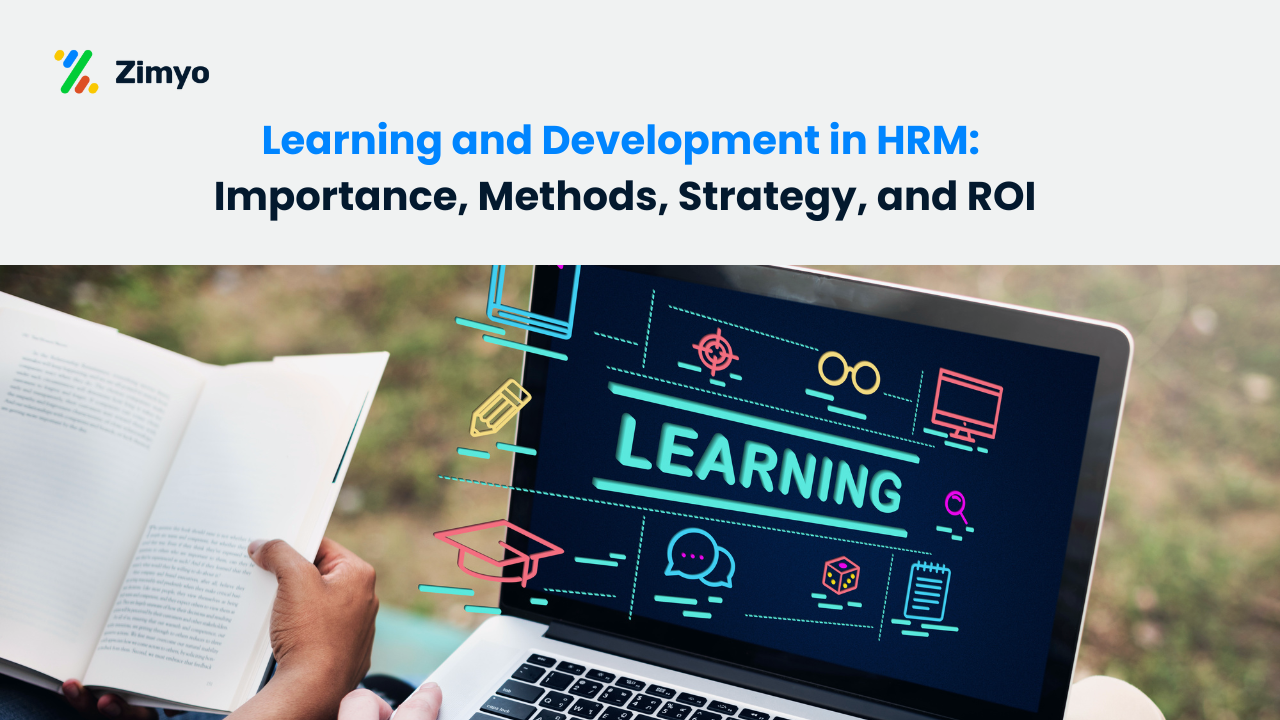Effective performance reviews can be a great foundation to make employees improve their productivity and morale. However, studies reveal that only 13% of employees and managers think their organisation’s performance review system is useful. How can one give a performance review that increases employee morale as well as productivity especially when stress levels are high? To cultivate employee success you must branch beyond the traditional review and give a fair and effective performance review.
A Gartner poll of HR leaders earlier in 2020 showed that 87% of HR leaders were considering changes to performance reviews in part due to COVID-19. With remote work becoming a norm, there are a lot of new facets to employee performance that need attention. As stress and anxiety levels in employees have hit an all time high due the pandemic, some organisations decided to skip the year end appraisals altogether, using the time to focus on revamping their performance review and management system.
What Sets a Good Performance Review Apart?
Based on McKinsey’s research, fairness remains the foundation for effective performance management. Another thing to keep in mind is frequency communication lines need to remain open at all times which is why annual performance reviews should be paired with quarterly and/or monthly performance conversations. This helps keep all the stakeholders aligned with respect to goals, expectations and ways to improve, especially if all stakeholders are working from home.
Let’s take a look at the features that different an excellent performance review system from an average one.
1. Make the review focused and quantifiable
A performance review should be:
-
Focused and quantifiable
-
Objective and free of bias
-
Focused on the positives as well as the negatives
-
Defining success and the way forward
A focused review is important as it helps relay the key points in a clear and concise manner. To have a focused review, it is important to be well prepared. Gather employee data and set clear review criteria before the review.
The location, time and venue should also be set in advance. The reviewer(manager) should allocate plenty of time for these conversations. This doesn’t imply that the conversation should be lengthy, extra time should be set aside for the employee to understand feedback and ask questions. The employee should not feel rushed.
A quantifiable performance review is one that defines success in a way that is measurable and clearly defined as well as free of bias. Open-ended questions should be limited and ratings prioritised to ensure the performance criteria is quantifiable and objective. After the review the employee should have a clear understanding of where their performance stands as well as how their performance is measured. They should also be aware of their strengths, weaknesses and how they can improve.
2. Keep a performance review free of bias
Research has found that broad and ambiguous questions in review sessions are imperfect and often biased. An informal format also leaves the door open to vague and imperfect feedback. One way to fix this implicit bias is to constrain open-ended questions in performance reviews by putting a checklist that reminds employees and managers of the data that should support their feedback.
For instance, if an open ended question like “Did the employee make a significant contribution to the company?” is part of the interaction, the answer should be supported by evidence that quantifies their significant contribution. Therefore, managers should have a checklist to guide them while filing the performance review as it would limit bias.
Creating a rubric for reviews that takes into account the goals of the employees also helps limit bias. For instance, if an employee wishes to improve non-verbal skills, these should be prioritised in their performance review. This helps incorporate the interests of the employee as well as keeps them more involved in the performance review process.
3. Focus on the positives as well as the negatives
A good performance review doesn’t focus on criticism, it reflects on the past but focuses on the future. To be able to do the same, it needs to identify points of actions that fit the skillset of the employee.
If a review is too critical, it could demotivate the employee and impact their performance negatively. It is important to give solutions to fix the problems as well as focus on the strengths of the employee.
A future focused performance review also gives the employee more developmental opportunities. Criticism should be constructive and not vague otherwise the employee would not be able to improve.
4. Define success and the way forward
A performance review should ask the right questions and be an honest conversation that helps in goal setting. Questions that can help define the way forward are:
-
What goals do you have for the next year/meeting/quarter?
-
What obstacles are standing in your way and what steps can be taken to remove them?
-
What has been your significant accomplishment in the past year/quarter?
-
What support can the organisation give you to help you achieve your goals?
-
What development goals would you like to set for the next 6 months?
After the review the employee and the manager should review notes and clearly define the next steps. Only then would the review be considered useful.
It is also important to fix the time and date for the next review and follow up regarding obstacles and goals that were discussed before the next review meeting.
A Good Performance Review System is Crucial
A good performance review system in place can reap a lot of benefits for organisations. A study by Gartner found that organisations with an effective performance review management system in place displayed:
- 14 percent higher employee engagement
- 24 percent higher workforce performance
- Proportion of employees reporting that performance management is fair and accurate is 50% higher
- Proportion of high performers in the workforce is 7% higher
To summarise, here are the tips to give an effective and fair performance review:
-
Keep communication lines open
-
Gather employee data and set clear review criteria before the performance review.
-
Defines success in a way that is measurable
-
Open-ended questions should be limited and ratings prioritised
-
Employees should be given enough time to understand feedback
-
Managers should have a checklist to guide them while filing the performance review
-
Performance reviews should Identify points of actions that fit the skillset of the employee.
-
The reviews should give solutions to fix the problems as well as focus on the strengths
-
The employee and the manager should clearly define the next steps in the review






